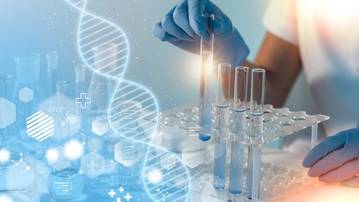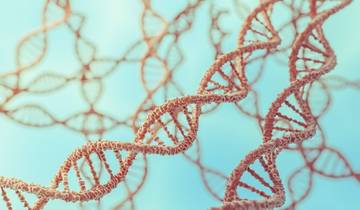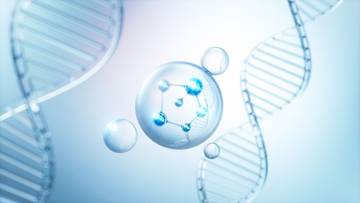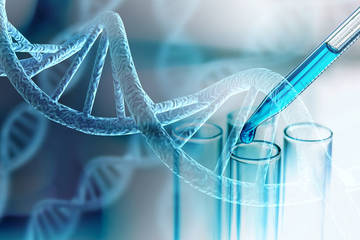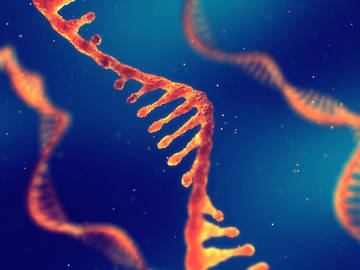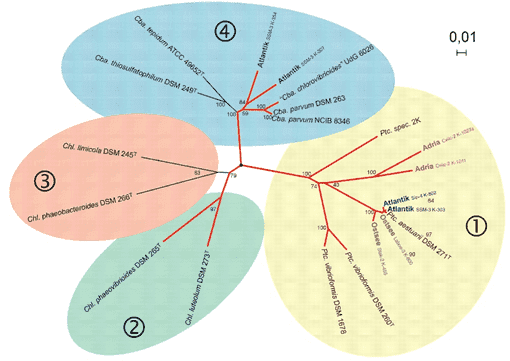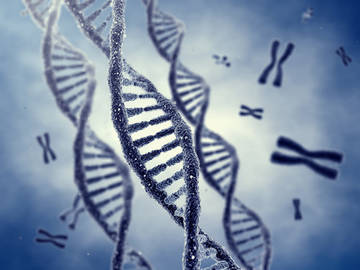In multiple biogeochemical processes in the microbiome, microbes play an essential role, including the cycling of carbon, nitrogen, and phosphorus. In various ecosystems, functional gene diversity and the structure of the microbial community evaluate its metabolic potential and hence its ecosystem processes. The microbial function is fundamental to the role or behavior-related with their functional genes in ecological and biogeochemical processes. The feature of microbes is enforced in in situ environments by both gene transcription and environmental variables. In the meantime, microbial functional genes' presence/absence and diversity propose an associated functional possibility in the ecosystem. In order to connect the microbial community to ecological and biogeochemical processes, knowing the diversity of functional genes and revealing the microbial functional capacity is therefore essential. The microbial community, in turn, is unavoidably affected by the environment it occupies. In complicated coastal regions, some researchers have discovered relationships of bacterial diversity with strong anthropogenic activity and natural gradients.
Methods for Identification of Functional Genes
Three distinct methods can be used to perform quantitative PCR: most probable number (MPN)-PCR, competitive PCR, and real-time PCR. Whereas a standard is not required for relative quantification, it is necessary for absolute quantification. The target gene is mostly cloned as a standard in a high copy vector system that is converted into an appropriate host. After host growth, the plasmid is retrieved, cleaned, quantified, and used as a reference in serial dilutions. Occasionally, genomic DNA has also been utilized for standards. If transcript quantification is conducted, the extracted RNA should be reversely transcribed as primers using non-specific hexamers.
MPN-PCR
When all the samples under comparison are in the logarithmic phase of the PCR reaction, simple end-point quantification of PCR products can be utilized for gene quantification. This restriction of end-point PCR can, however, be lessened using the method of quantitative PCR. The combination of PCR with the statistical MPN procedure was firstly moved towards real quantification and was then further enhanced. For every dilution, this phase comprises serial dilutions of DNA/cDNA specimens until destruction and replicated PCR reactions. In comparison to other qPCR techniques, the directness of the strategy is its biggest benefit, as the growth of special probes, primers, or internal/external standards is not needed. The ability to use primer systems that enhance longer amplicons (N500 bp) and the ability to utilize the same element for a qualitative (fingerprint or cloning/sequencing) and quantitative analysis make it somewhat fascinating to use the method.
Using this method, MPN-PCR was effectively utilized and was able to control the behavior of catabolic genes and modify microbial community systems in microcosms during aromatic compound degradation. Recently, the MPN-PCR has also quantitatively tacked eukaryotes.
Competitive PCR
In competitive PCR, previous to PCR amplification, serial dilutions of a competitor are introduced to the DNA/RNA sample. The competitor molecule should have the same priming locations but vary in size from the target gene, enabling co-amplification during PCR and electrophoresis differentiation of the amplicons. Distinctions in size should not surpass 10 to 15 percent to avoid alterations in the amplification rates of both templates. In competitive PCR, the signal raises as the copy number of the competitor increases, but the target gene reduces. Favorable amplification may take place because of the following: (1) templates' melting behavior differences, (2) differential annealing of the primers, (3) size differences, (4) low template amount, and (5) degraded target DNA.
Real-time PCR
The real-time PCR technique is based on the identification by Taq polymerase of fluorescence signals emitted as a result of PCR amplicon synthesis. The data used for specimen analysis is obtained during a cycle in which the fluorescence signal is greater than the background, known as the threshold cycle (usually 10 times the standard deviation of the baseline). Compared to other PCR methods, quantification at the exponential stage of the PCR, when the productivity is regarded to be the highest, is one of the greatest benefits of real-time PCR. Real-time PCR sensitivity is dependent on the length of the amplicon. In theory, real-time PCR can identify a single copy, but very short amplicons are required. As a result, most of the current diversity analysis primer systems cannot be utilized for real-time PCR methods because they lead in amplicons that are too lengthy. In order to monitor amplicon synthesis, labeled-probes or dsDNA binding dyes can be utilized. Several types of probes have been established for real-time PCR, but the most frequently used hydrolysis probes, e.g., 5'nuclease assay or TaqMan, are for environmental specimens.
References
- He Z, Zhang P, Wu L, et al. Microbial functional gene diversity predicts groundwater contamination and ecosystem functioning. MBio. 2018, 9(1).
- Wang Y, Zhang R, He Z, et al. Functional gene diversity and metabolic potential of the microbial community in an estuary-shelf environment. Frontiers in microbiology. 2017.
Related Sections
Services:


